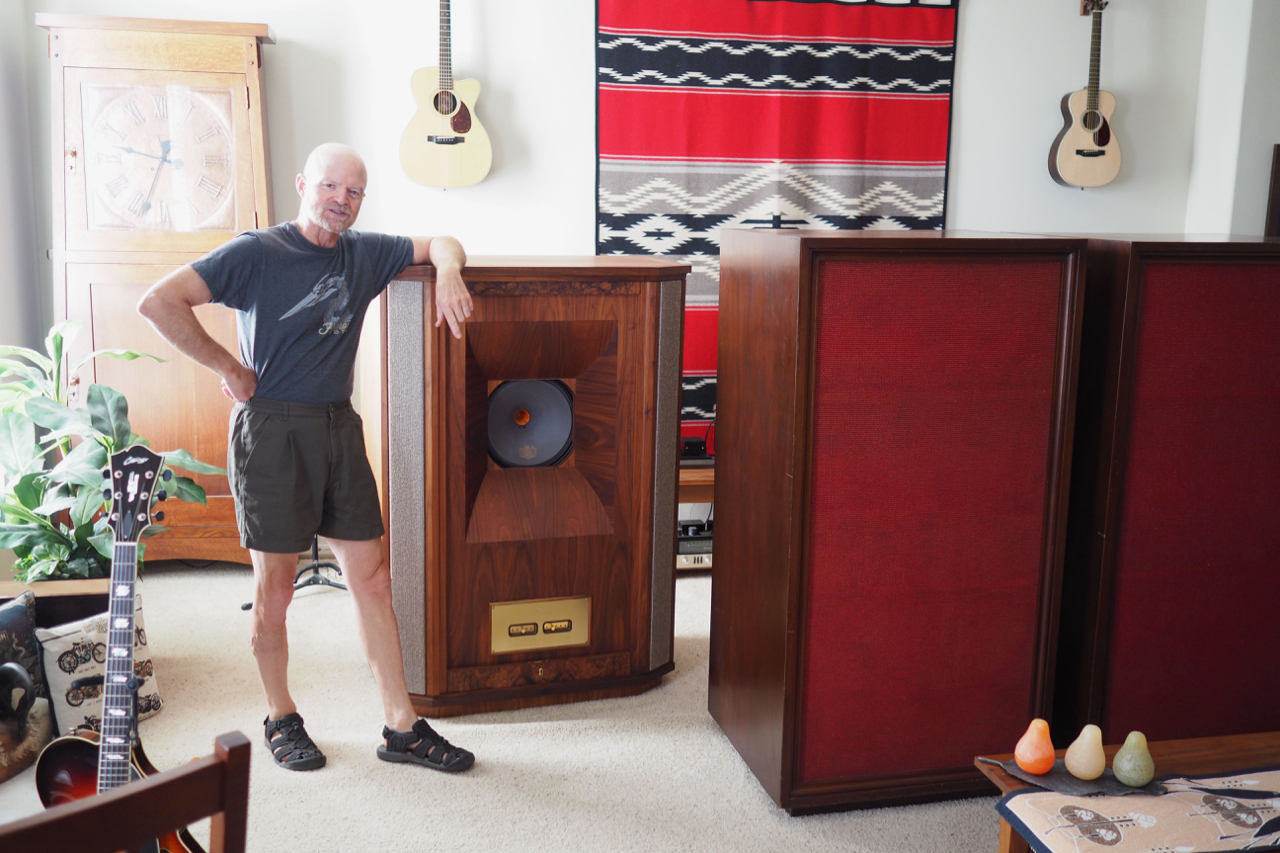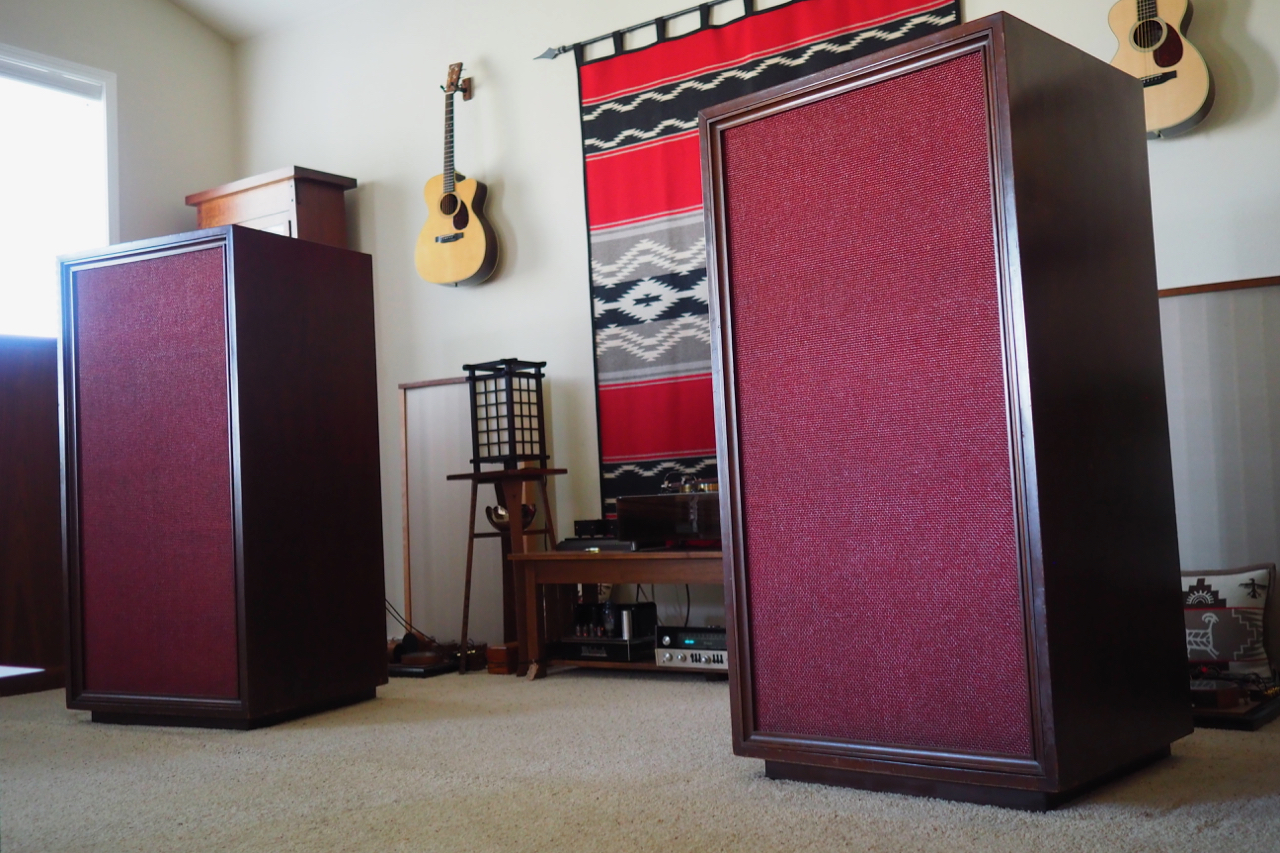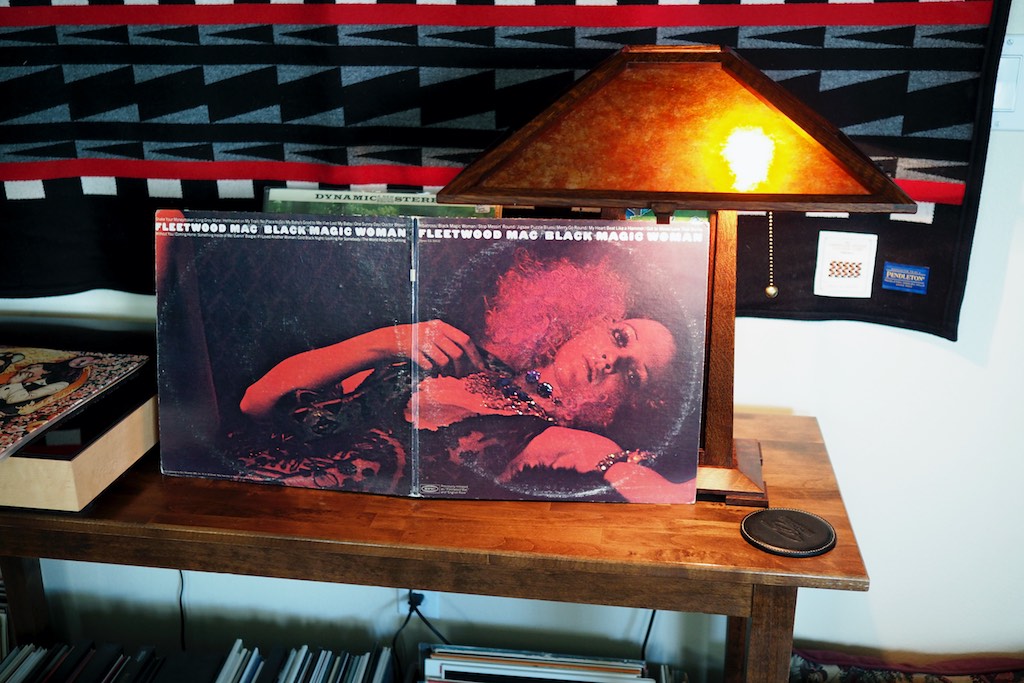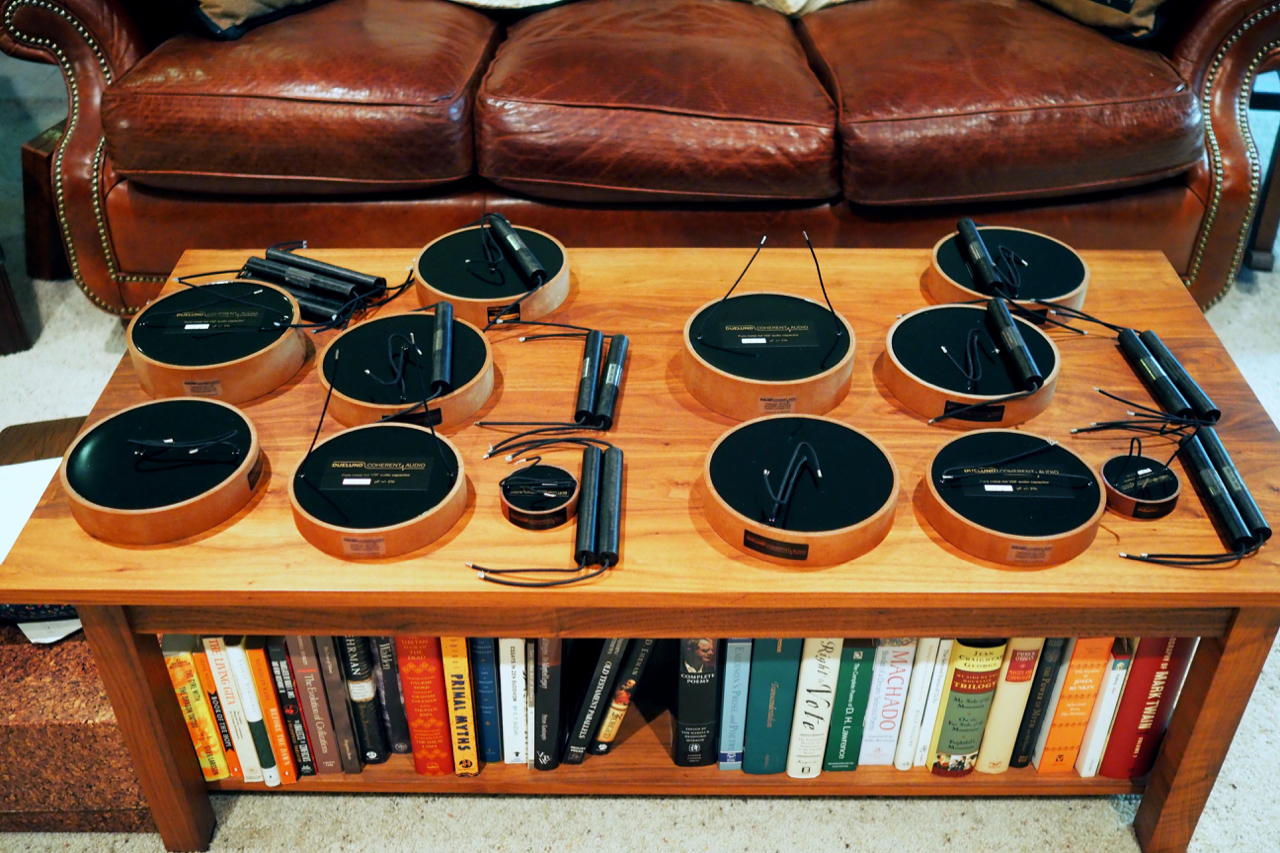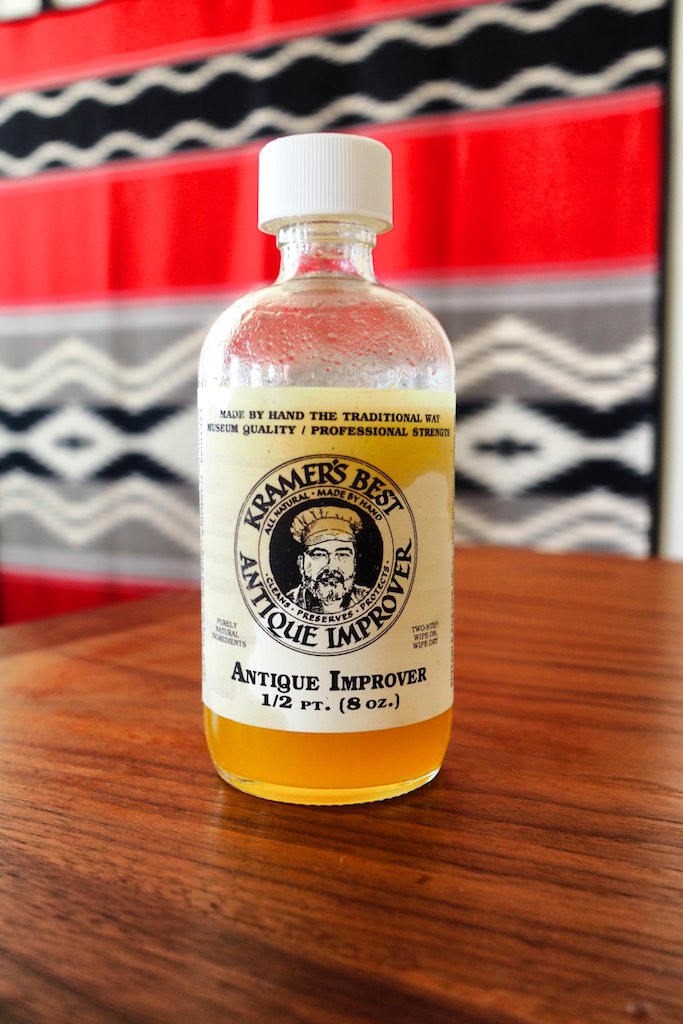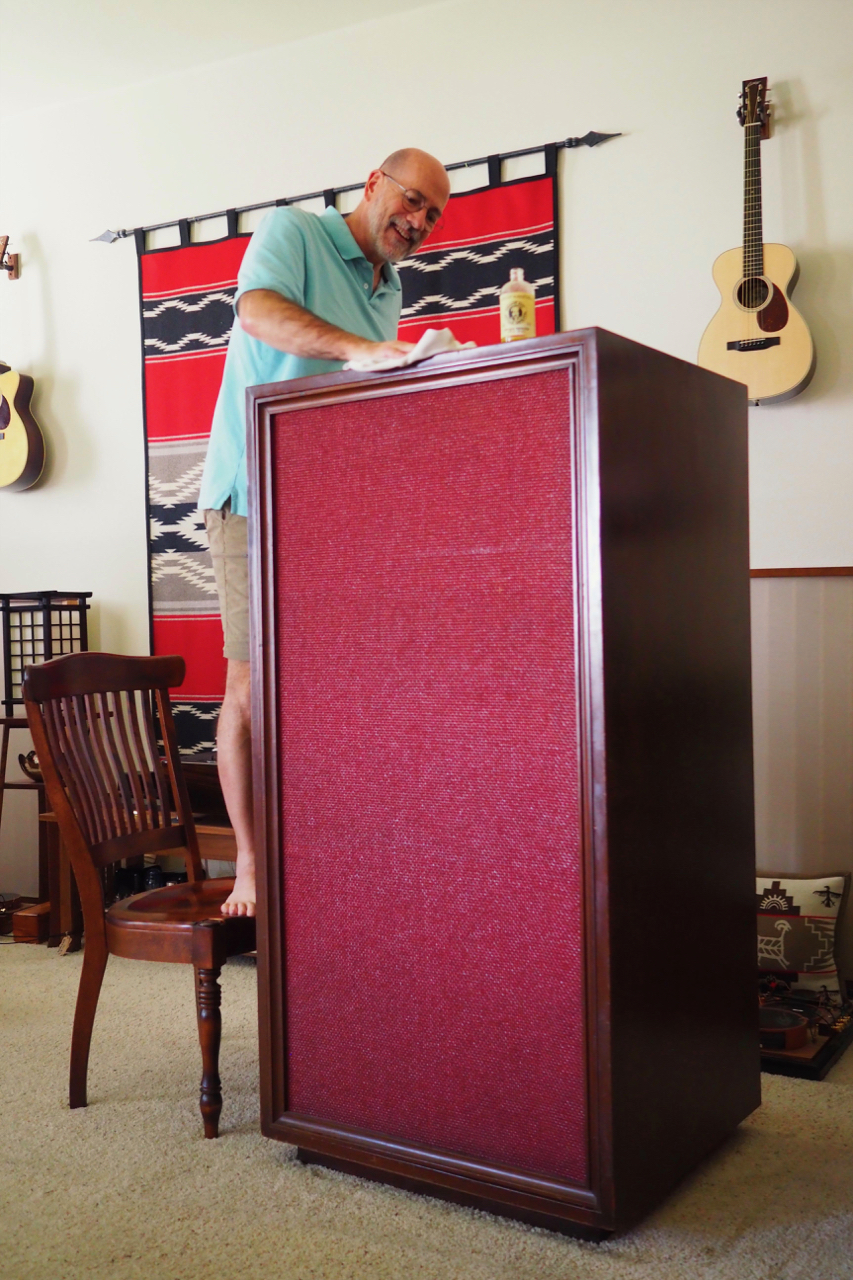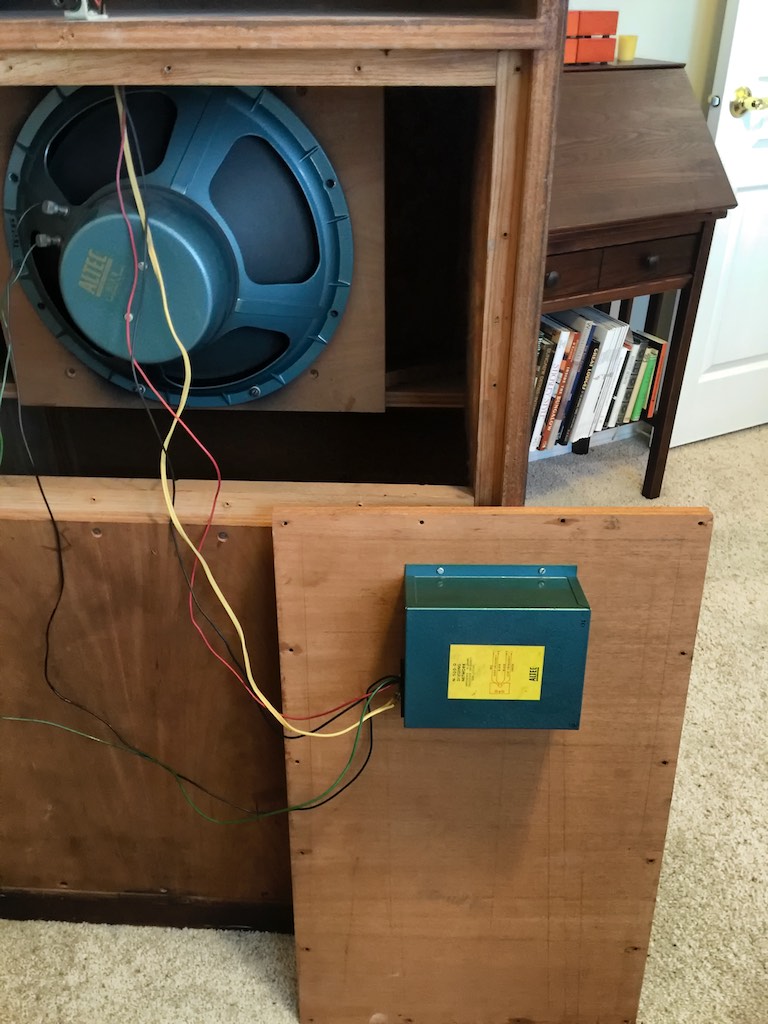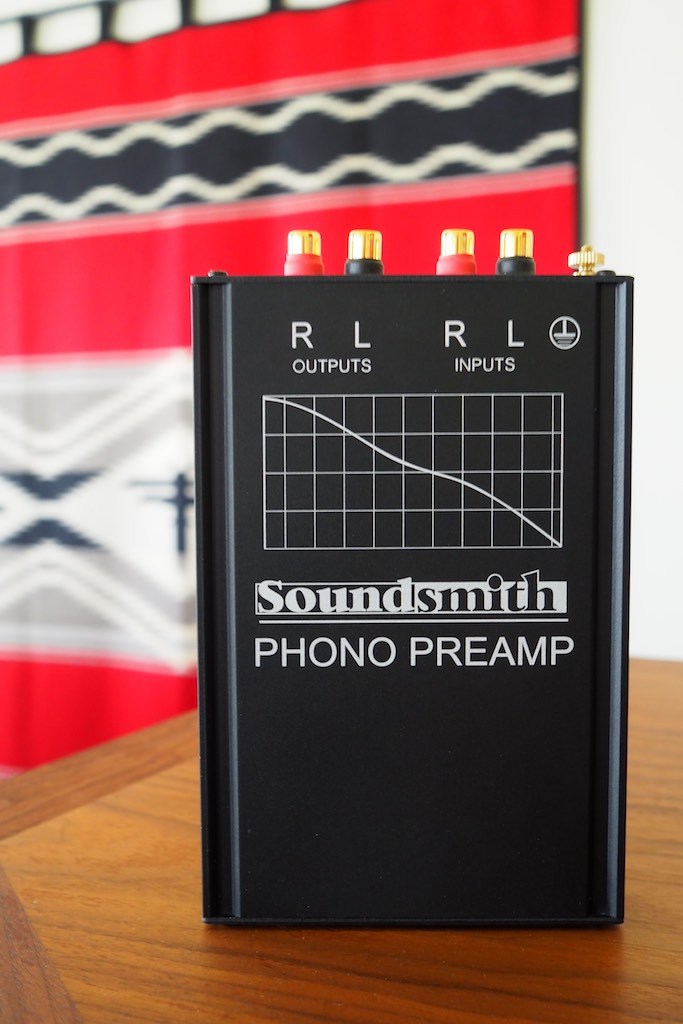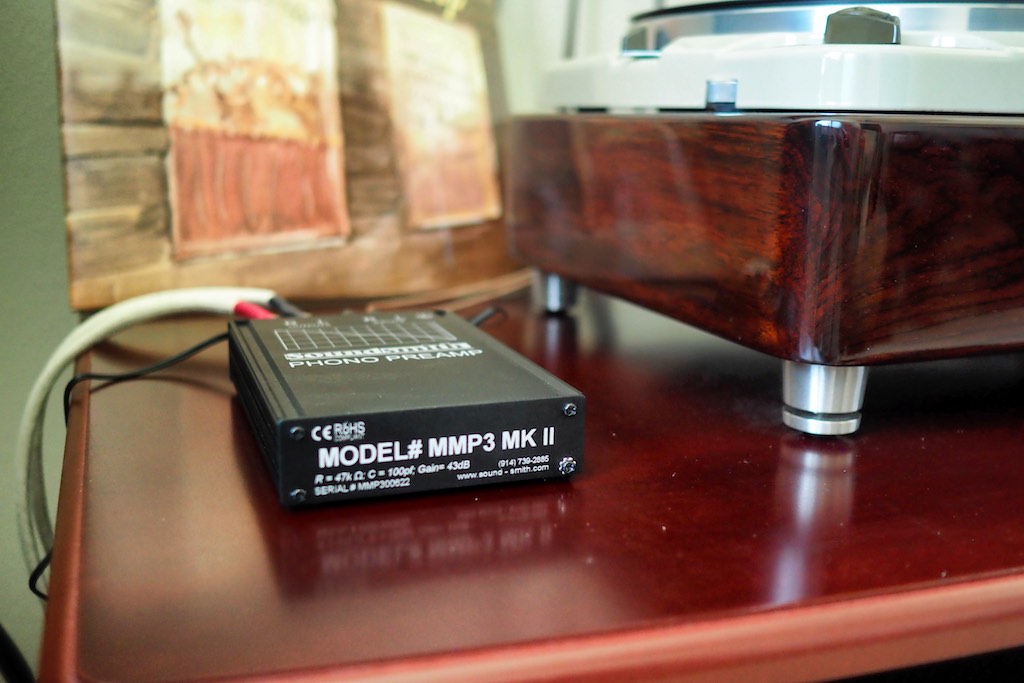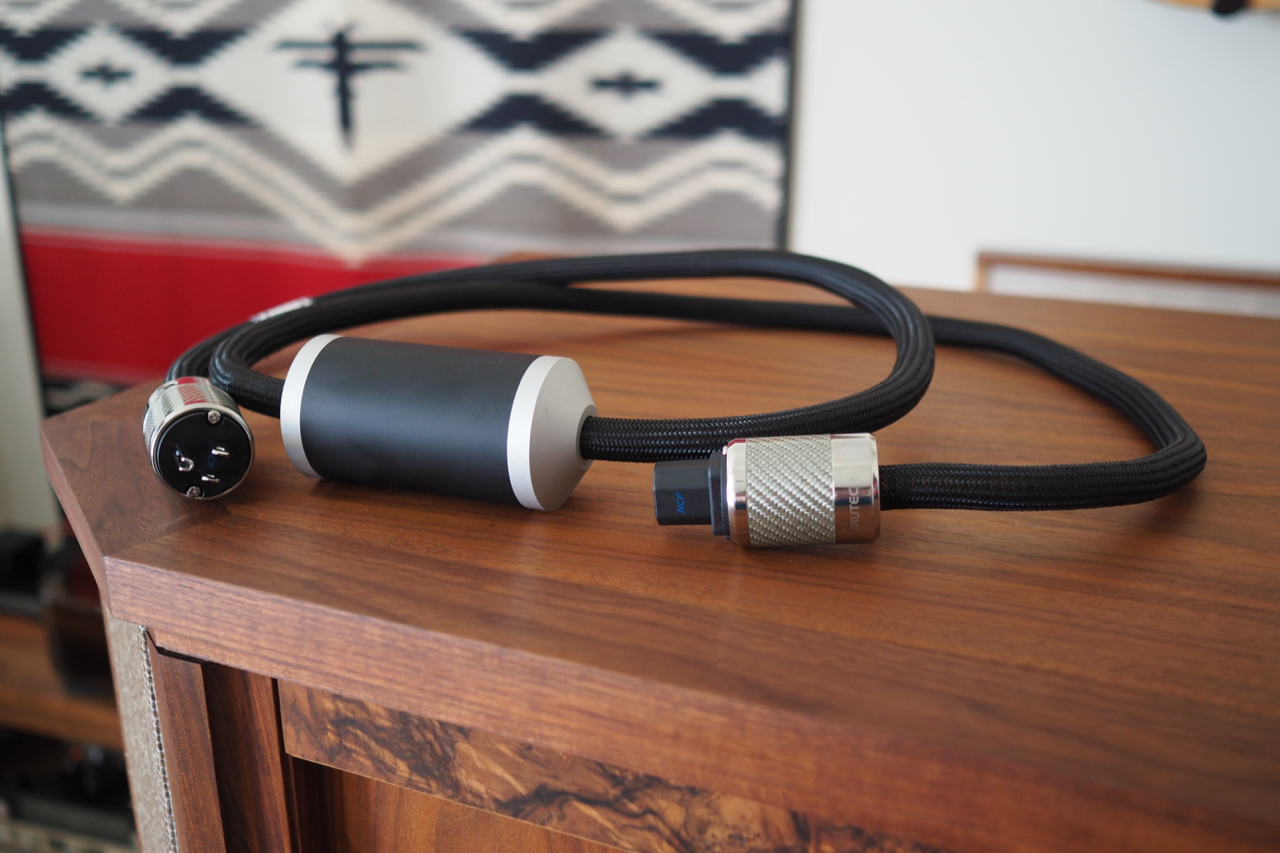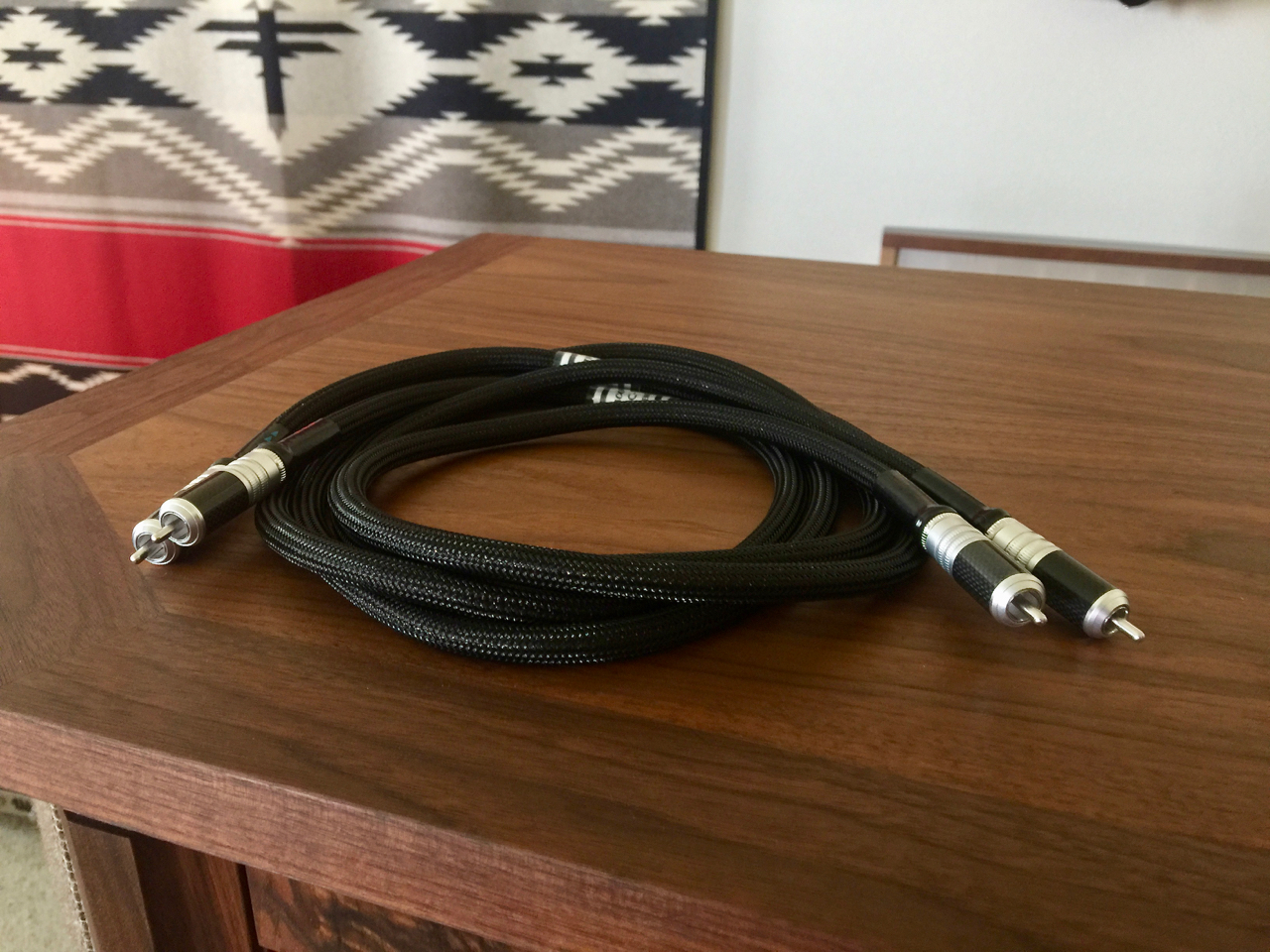After my buddy Chad helped me move the big Stokowski Altec's into the position normally occupied by my Westminster Royal SE's last weekend (thanks Chad!), we did a fair amount of listening, mostly to a lot of classic rock (Chad's fave), but also some jazz.
I was a bit surprised how good the Stokowski Altec's sounded even with their stock Altec N-500-D crossovers, which I had set to -4.5dB attenuation for the high-frequency horns, to best match them tonally to the room characteristics of my living room.
Chad actually liked the Stokowski Altec's better than my Westminster Royal SE's, and that's saying something, because as a musician (fellow guitarist) and audio nut Chad knows the sound of live music and good hifi very well!
Here's what I heard from the Stokowski Altec's in comparison to the Westminster Royal SE's:
First of all, the big Altec's don't have nearly the bass extension and output that the Westminster's are capable of, so that's apparent right off. With most of the classic rock and jazz we listened to that wasn't really a factor, but if you like to listen to pipe organ music or boom your bass with with audiophile classic records, then I suspect you wouldn't be all that happy with the Altec's bass extension. Eventually I'll get around to measuring the Altec's in-room bass extension, but I haven't got there yet.
Secondly, the Altec's present the imaging very differently than do the Westminster Royal SE's. The Tannoy Dual Concentric drivers are extremely coherent, and present life-sized images across a wide and deep soundstage, with lots of sense of ambient space. The Altec's images are bigger than life, and depending on the recording it sounds more like you are seated in the audience of a live performance and are looking up at the stage (with elevated images), than having the musicians at ground level in the room with you.
What Altec's do very well is to make recorded music sound very much like live music, or as our friend Yazaki-san would say, "real sound". There is a visceral, exciting, and immersive feel to the music produced by the Altec's that is very different than you usually hear from audiophile-style loudspeakers, and they do an excellent job of relating the excitement and emotional impact you feel when listening to live music.
If you've heard a really well set-up sound system at a live music event, then you've got a pretty good idea of what the Altec's sound like. I suppose a lot of that has to do with Altec's history being very much in the pro audio realm, so when you hear music through them it sounds very "live-like" in terms of presence, dynamics, and tone.
So when you are listening to the Fleetwood Mac blues band on the Black Magic Woman album (one of Chad's favorites), it sounds and feels very much like you're sitting in a club setting listening to live music.
This is fundamentally different style of presentation of the music than just about any other loudspeaker I've listened to in that they sound more "hifi-ish" than Altec's do.
Personally, I really like both the Westminster's and the Altec's presentations of the music, and they both have their strengths, but it's also obvious in listening to them that the Altec's sound more "real" or "live" than do the West's. That's not a judgement, but rather an observation. I think that most listeners would be deliriously happy with either of these pairs of loudspeakers, and for my tastes both of them put to shame almost any other loudspeakers on Planet Earth from a musical perspective.
I'm glad I don't have to choose between these two amazing pairs of loudspeakers, because that would be a tough choice, and not having one or the other in my life would result in a real sense of loss. If (or when) I downsize to a smaller home or apartment, then I'll probably have to make a choice, and it won't be an easy one.
I almost forgot to mention it, but one of the really cool things about the Altec's is that you can drive them to live-like SPL's with only a few watts of amplifier power, which is something that I can't do with the Westminster's, which need much more power than their sensitivity would suggest.
So in the future I'll be back to exploring low-powered amplifiers in my main system. First up with be Nelson Pass' First Watt SIT-3.
Duelund CAST tinned-copper components for the Altec crossovers
Now let's talk about the Duelund-Altec Project with the amazing Duelund CAST tinned-copper components that Frederik has sent me (above).
Regarding the pricing of the new Duelund CAST tinned-copper capacitors, inductors, and resistors, Frederik just emailed me and said:
"The CAST Cu-Sn capacitors are the same price as CAST Cu-Ag, which is listed on both Hificollective and Parts Connexion.
Regarding the "Jeffistors" – I am not sure yet – currently it’s looking like a 150 Euro part, mainly because of the amount of manual labor.
The inductors, I do not know – but should be slightly more than the regular CAST Cu inductors due to the more expensive foil."
I'll be filling you in on more detailed pricing information as it becomes available, but that should give you a pretty good idea should you want to place an early order.
In the photos above I rearranged the Duelund components so that each side of the coffee table has the set of components that will go into the crossovers. In the photo directly above you can see the components that will go into one crossover.
Even after all these years of using Duelund CAST components in my Westminster's, I'm still awe-struck at seeing them. They are amazing works of state-of-art audio exotica!
I have a pair of 16 Ohm L-pads ordered and they should be here shortly, then I can start bread-boarding the Duelund crossovers to test them.
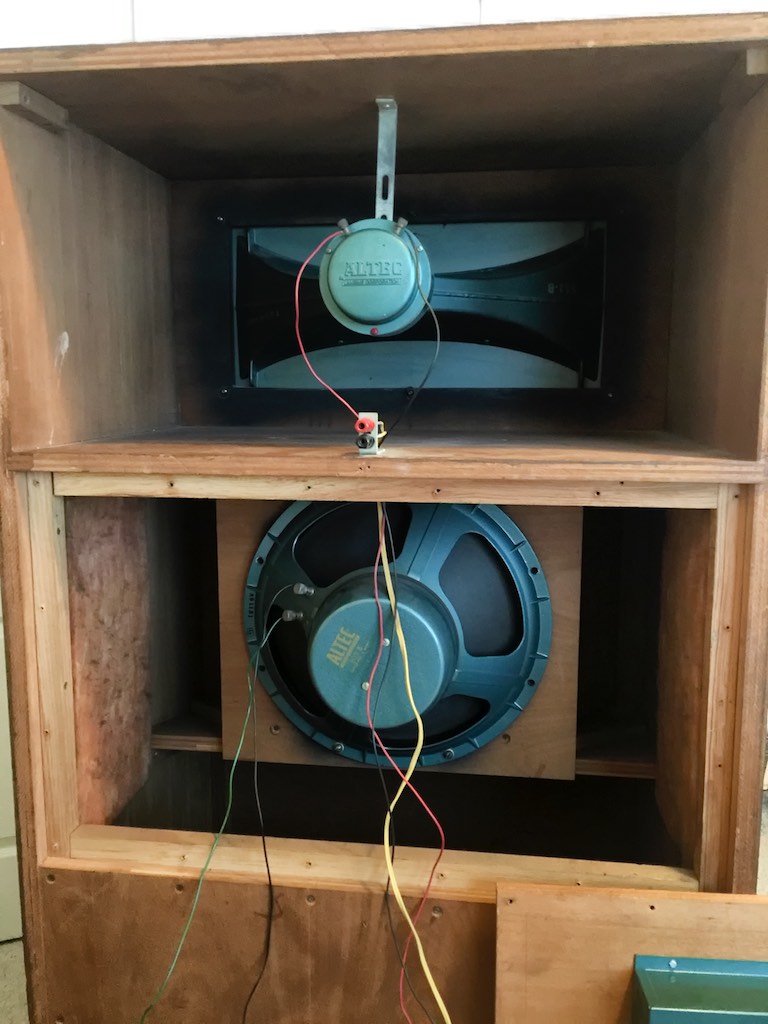
The top part of the cabinet enclosure where the HF horn is open at the back, giving easy access for installing the Duelund crossover.
While I had planned on building external crossovers with fancy enclosures for the Altec's, it occurred to me that the giant Altec's look like they have enough room inside the high-frequency horn part of the cabinets' enclosures to install the Duelund crossovers inside the cabinets directly.
That would make placement of the Altec loudspeakers in the listening room much easier due to their smaller overall footprint, and in some ways it would make it easier to do fine tuning and such with the crossovers being at chest height.
The path forward for the Duelund-Altec Project looks like this:
First I need to do some initial cleanup of the cabinets' exteriors with some Kramer's Best Antique Improver (you can buy it through Amazon), which is probably the most effective product there is for this sort of thing. I've been using it on my Westminster's, and other fine wood furniture, and am extremely satisfied with the way it cleans, conditions, and restores wood surfaces.
The Kramer's is expensive but well worth its price for the excellent results it provides. I had to order another bottle of it for the Altec's, and it should be arriving next week. I'll also use the Kramer's to do the inside of the veneered cabinet enclosures where the horns are to give them a nice restorative touch.
Incidentally, in the photo below the bass enclosure panel is removed, and you can see the original Altec N-500-D crossover mounted to the back of it. It sounds surprisingly good!
I'll be leaving the original Altec N-500-D crossovers in place to preserve the historic nature of the Stokowski Altec's, but disconnected from the drivers.
If you look at the photo above of the Altec's drivers, you can see how the crossover is connected in a very simple arrangement of one pair of wires going to each driver.
I'll be using the Duelund DCA tinned-copper wiring in the crossovers, and as speaker cables.
I'm not sure exactly what DCA gauge I'll be using where yet, as I'll be trying the DCA20GA, DCA16GA, and DCA12GA during the voicing process to get the best tonality possible for each position.
Incidentally, Frederik also sent along some of the new Duelund 600V DCA20GA tinned-copper wire that is for wiring components internally.
The regular DCA20GA is fine for making interconnects, but inside components where you are point-to-point wiring and seeing higher voltages you will want to use the new 600V Duelund DCA20GA.
Also coming soon is the new Duelund 600V DCA12GA tinned-copper wire that is suitable for building power cords, and I'll be giving that a try too.
Not only does 600V capacity open up a new realm of possibilities for higher voltage applications, it also provides voicing options for interconnects and speaker cables in addition to those offered by the DCA20GA, DCA16GA, and DCA12GA wires, should you decide you want to try that too. Very cool!
I'll be putting together a dedicated post for both the new 600V DCA12GA and DCA20GA after I get a chance to interview Frederik about the specifics of their construction, and you can expect to see some posts about 600V DCA20GA and DCA12GA applications in the future.
Also, I'll be putting together dedicated posts about the new Duelund CAST Sn-Cu capacitors, inductors, and resistors, going into depth about their construction much as I did with the pure copper & silver foil Duelund CAST capacitors, inductors, and resistors during the Duelund-Westminster Project.
So there's lots of good things to come on the Duelund front, so stay tuned for more!
Upcoming Reviews for Positive Feedback
The next review for Positive Feedback will be about the Soundsmith Phono Preamp.
Those of you who have been following my blog posts know that the Soundsmith Phono Preamp has acquitted itself very favorably compared to the vacuum tube phono preamplifiers in my vintage McIntosh MX110Z tuner-preamplifier, and in the Leben RS-30EQ.
Peter Ledermann is really good at voicing components for a compelling blend of musicality and audiophile-style sonics, and the Soundsmith Phono Preamp is no exception - it sounds great! You'll get the whole story about the Soundsmith Phono Preamp in my next review for Positive Feedback.
The review of the new Acoustic Revive Absolute Power Cord, RCA Absolute FM Interconnects, and PC-TripleC/EX Headshell Leads turn in the review queue comes next.
I've been getting plenty of run-in time on the new Acoustic Revive Absolute Power Cord and RCA Absolute FM Interconnects in my other systems, and they are really, really, good, as well as astonishingly expensive.
I haven't yet had a chance to install the new Acoustic Revive PC-TripleC/EX Headshell Leads yet, but I plan to try them with the new super Soundsmith Zephyr Mk III phonograph cartridge that so completely blew me away when I reviewed it for Positive Feedback. More to come on that.
For a refresher about what makes the Acoustic Revive Absolute Power Cord, RCA Absolute FM Interconnects, and PC-TripleC/EX Headshell Leads so innovative and special (and expensive!) you can read my introductory post about them HERE.
Ok, that's it for now, and as always, thanks for stopping by, and may the tone be with you!




